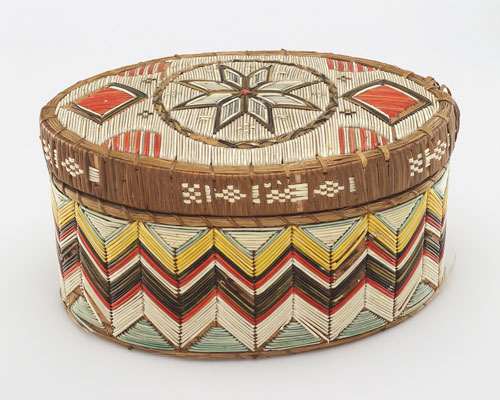The power of color has always been central to art and culture. Since before recorded times, colors have held deep symbolic meanings, often influenced by natural pigments and limited by available technology. But today, in our digital age, color symbolism is evolving rapidly. Technology, social media, and apps like Pinterest have radically transformed how we perceive and use color in a new form of visual storytelling. This evolution isn’t just about aesthetic preferences; it’s a revolution of color effect on cultures, industries, and individual expression.
In the ancient world, color was sacred. The vivid pigments in Egyptian tombs, reds and yellows in Greco-Roman frescoes, and indigo-dyed textiles of the East were all sourced from rare, natural materials. Lapis lazuli, a rare, deep blue stone from Afghanistan, was crushed to create ultramarine, which became more precious than gold in medieval Europe. As a result, blue came to symbolize the divine, often used in depictions of the Virgin Mary, representing purity and heaven. The rarity of certain pigments like ultramarine or Tyrian purple, made from sea snails, imbued them with power, wealth, and exclusivity. This historical context continues to shape modern meanings, connecting us to our past and its influence on the present.
Red, derived from ochres and insects like the cochineal, symbolizes life, death, and passion due to its association with blood. Gold, gleaming from the walls of Byzantine churches, became synonymous with spiritual light and transcendence. Back then, the use of color was limited by the availability of materials, making certain colors unreachable to the masses.
The Industrial Revolution in the 18th and 19th centuries dramatically changed the world. Synthetic pigments were developed, making colors like mauve, cobalt blue, and emerald green more accessible. These new, chemically produced pigments expanded the artist’s palette and brought color into everyday life, from household items to clothing. Suddenly, colors once reserved for royalty or religious figures were available to the public, altering their symbolic meanings.
For example, in Victorian England, synthetic dyes in fashion made black accessible beyond mourning attire. Black became a symbol of sophistication, with Queen Victoria’s long mourning period helping to popularize the “little black dress” and the concept of understated elegance.
With the rise of the internet and social media, color symbolism has entered a new era. Today, we no longer rely solely on physical pigments; digital screens and color palettes offer infinite possibilities. Apps like Pinterest have emerged as powerful tools, allowing millions of users to curate and share their visual worlds. Pinterest, in particular, has played a significant role in reshaping color symbolism. Its algorithmically suggested color schemes, often based on mood or themes like “calming blues” or “energizing yellows,” have changed how color is consumed, creating a globalized view of color symbolism. These platforms have democratized color further by making trends and interpretations available at the click of a button.
On Pinterest, color schemes are algorithmically suggested, often based on mood or themes like “calming blues” or “energizing yellows.” This convenience has changed how color is consumed, creating a globalized view of color symbolism. Pink, once solely associated with femininity, is now linked to millennial culture, minimalism, and empowerment thanks to the rise of #MillennialPink. It has transcended its historical boundaries, symbolizing softness, strength, modernity, and nostalgia.
Similarly, the increased visibility of cultural traditions and trends through Pinterest and other social media platforms has redefined other color meanings. Once considered garish or unstable in Western culture, Yellow has taken on new meanings of joy, positivity, and even high fashion, thanks in part to its popularity on social media.
With its global reach, Pinterest has created a space where color trends evolve faster than ever. The app’s algorithms can track which colors users gravitate toward, informing the types of color palettes suggested to others. This constant feedback loop has accelerated color trends, with themes like “earth tones” or “neon brights” rising and falling in months.
Technology has also allowed for more sophisticated color manipulation, with apps and software enabling artists, designers, and hobbyists to create unique shades and experiment with hues in once unimaginable ways. Virtual and augmented reality reshape how we experience and engage with color in real-time, opening up a world of possibilities. As a result, color symbolism has become fluid, shifting with the zeitgeist and reflecting cultural histories, personal identities, and moods in an increasingly individualized world. The role of technology in this color revolution is inspiring, continuing to push the boundaries of what history previously thought was possible with color.
As we look back at color’s journey, it’s clear that we’ve come full circle. What was once precious and rare is now common and accessible—but in this abundance, we’ve found new ways to make color rare again, now shaped by personal curation and digital expression. In a way, technology has revived the exclusivity of color, not in terms of availability, but in how we use it to define our own experiences. Color, once tied to the earth’s materials, now mirrors the endless possibilities of our imagination.




















I never thought of art this way, great input